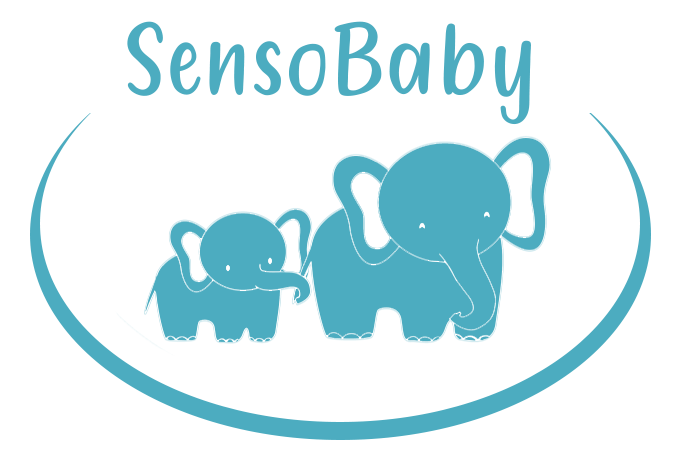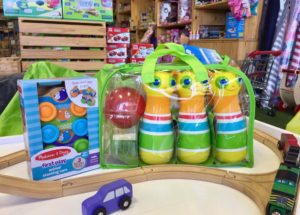SensoBaby classes are designed by experts with your child’s development in mind. This year we are demonstrating some of the theory that lies behind our activities. Term 1 will focus on the common schemas you find during early childhood development.
What is a Schema?
Schemas can be described as ‘Patterns of Play’. They are repetitive behaviours that help the child understand how objects work and how their bodies affect change. That information is stored in their memory to help them understand the world around them.
Children experience schemas as urges, which is why they find it very difficult to stop throwing things, hiding or wrapping themselves up in your curtains no matter how much you ask them to! Some schemas last for a long time or reappear at different developmental stages and others may come and go. Some children explore a number of schemas at the same time.
Considering schemas are essential for learning and development, they should be encouraged. A lot of popular toys have been designed with this knowledge in mind. When we understand the reason behind a behaviour we can redirect a child and help them to explore the schema safely and positively. It can also ease some of our frustration we feel as parents!
Schema 1: Trajectory
The first popular schema we are focusing on this term is the trajectory schema. When a child is working on the trajectory schema, they have an interest in lines and movement.
This is a nice way to say your child keeps throwing things around the room, repeatedly dropping food from their highchair or running around like a squirrel!
Small babies begin to work on this schema when they track movement with their eyes and reach in front of them to grasp objects. They soon move on to dropping and posting items as they discover the world around them and how they can influence it.
Toddlers exploring this path of development will favour activities that involve throwing objects, but they may also have an interest in lining up their toys. Some observations have also suggested that children who enjoy running from one side of the room to another are also exploring this schema.
Play at Home
A great way to support this schema is to set up opportunities for posting and throwing.
- Cut holes in a cardboard box and let your little one post balls and toys into the holes.
- Set up different sized cardboard tubes for your child to post pompoms or cotton balls into.
- Give your child a variety of different object to throw or drop from a height and listen to the sounds they make when they land.
- Make ‘targets’ by drawing out circles on the ground outdoors or using paper circles inside. Allow your child to throw soft toys, balls or even cushions to hit the targets. This is a great exercise to work on their gross motor skills and get some of the throwing urges out of their system. Just make sure you move any breakables!
Best Toy @ Oodles of Caboodle
SensoBaby members get 10% off at Oodles of Caboodle toy store, a family-run business with an extensive collection of good quality toys. Each week we’ll showcase a toy that supports the schema of the week, so you can continue your play at home.
For babies, we found a set of wooden cars that can be rolled and stacked. We’ll be using these in our classes as our Babas discover movement and gravity.
Minis would love to play with this skittles set. Throwing, rolling and knocking the skittles down is a lovely game to play with your little one. Mix it up and see if they can roll the ball using their hands or feet, or push it along with their nose or a fly swatter.
To find out more about activities that support this schema and how it relates to the holistic development of your child, join our first class of term!



This actually explains a lot. We mommies are constantly annoyed at the throwing of everything to not sit and fully comprehend the psychological reasoning behind it.
Good read Caroline thank you for this. Looking forward to this team ☺️
Yes, a great read Caroline. Thanks! I’ll try to remember the learning benefits whenever my 3 year old turns into a flying squirrel